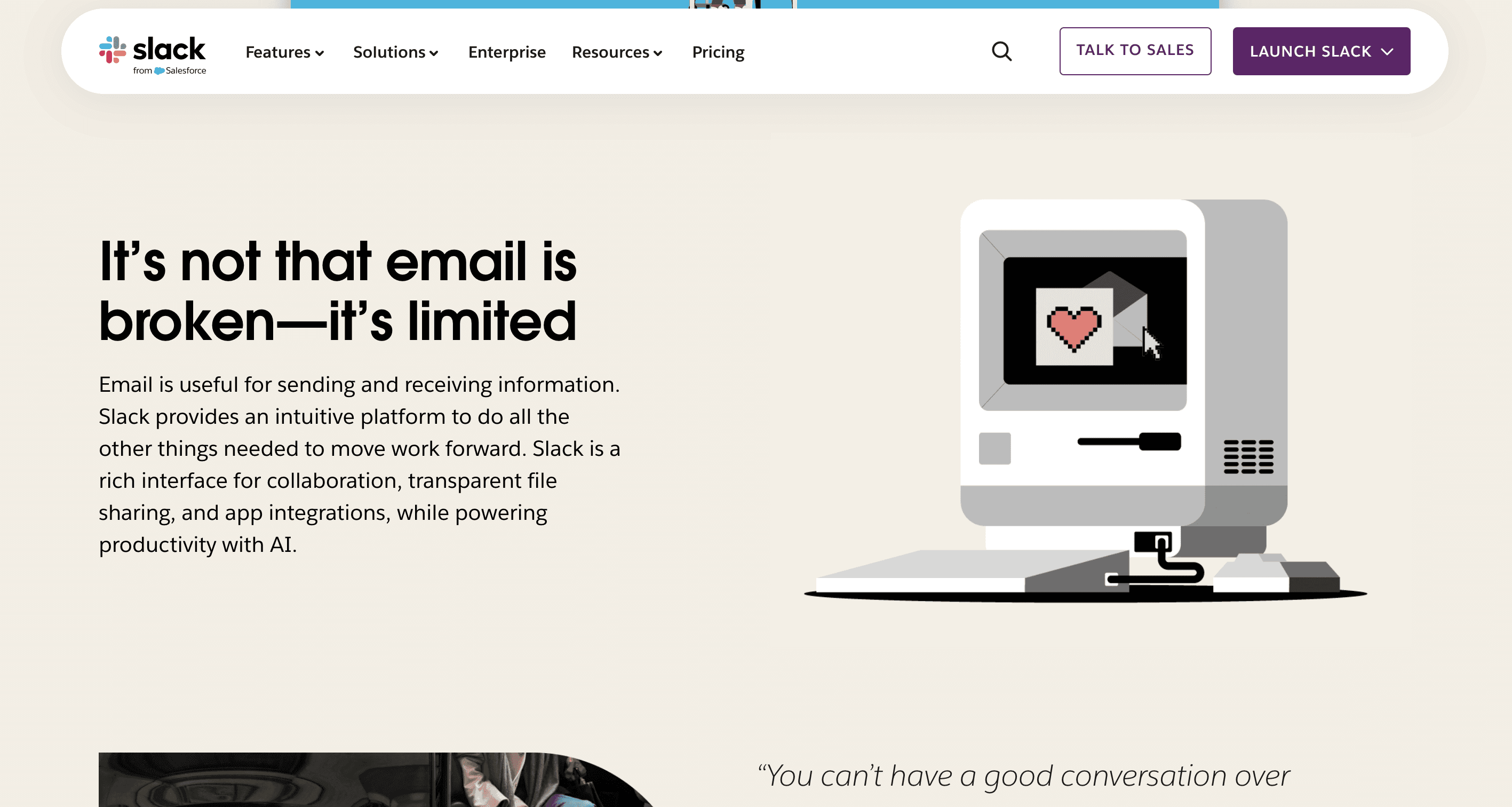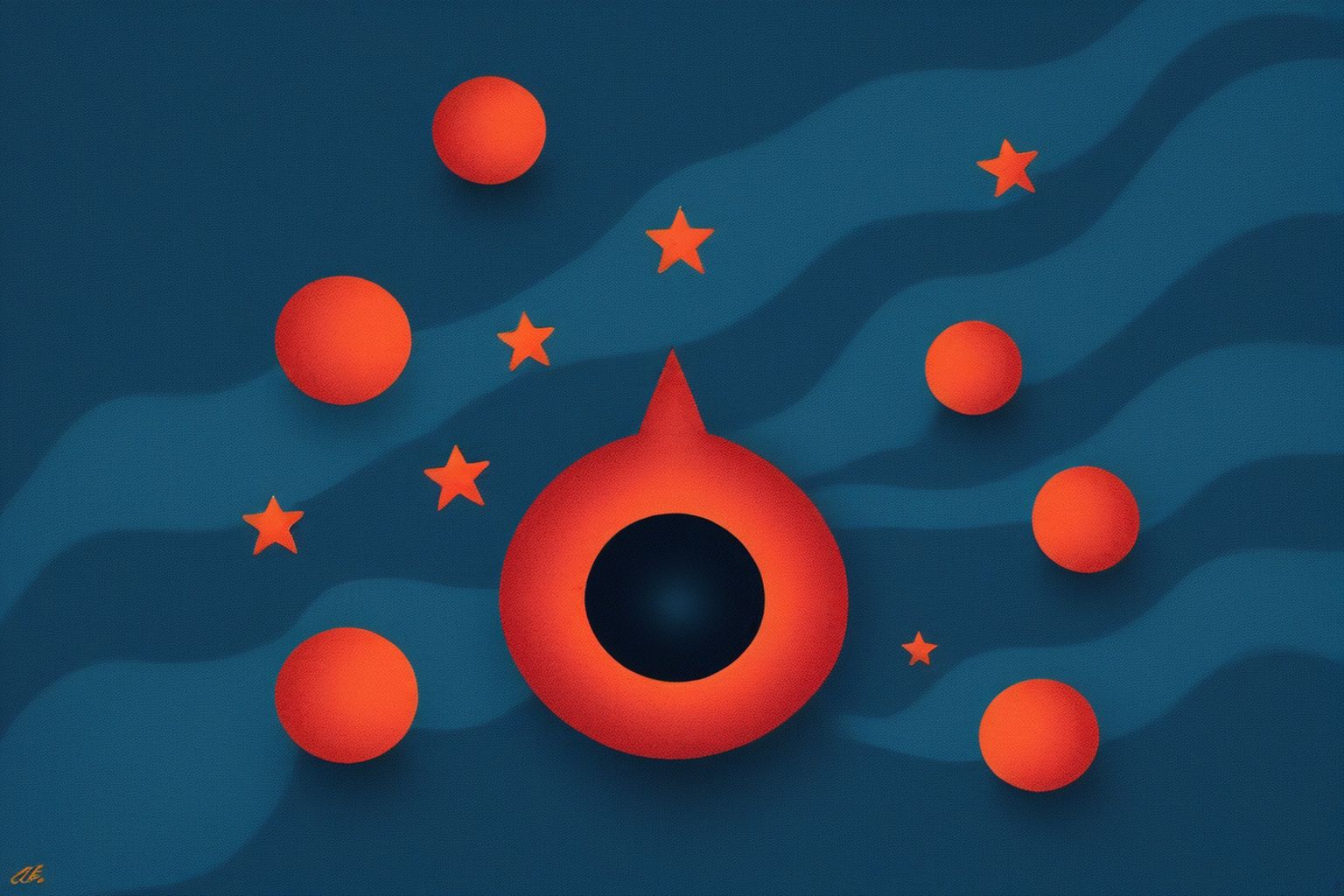Articles
Sep 25, 2024
Indirect Competitor Analysis for B2B SaaS: Unlocking Hidden Opportunities
Discover insightful indirect competitor examples to strengthen your market positioning and gain an edge!
For B2B SaaS, success isn't just about outperforming your direct rivals. It's about recognizing the subtle threats lurking in unexpected corners of the market. Welcome to the world of indirect competition – where your biggest challengers might not even be in your industry.
Why Indirect Competitors Matter in B2B SaaS
Imagine you're running a project management SaaS. Your direct competitors are obvious: other project management tools. But what about productivity suites, collaboration platforms, or even AI-powered personal assistants? These indirect competitors are solving the same fundamental problem for your target audience: improving team efficiency and organization.
Understanding indirect competition is crucial for several reasons:
Broader market insight: Gain a comprehensive view of your industry and adjacent markets.
Innovation opportunities: Discover new approaches to solving customer problems.
Future-proofing: Today's indirect competitor could be tomorrow's direct rival as markets evolve.
Customer behavior understanding: Grasp the full spectrum of choices available to your customers.
Identifying Indirect Competitors in the SaaS Landscape
Characteristics of Indirect Competitors
An indirect competitor definition would describe businesses that don't directly compete in your product category but still vie for your target audience's attention and resources. These competitors might operate in entirely different industries yet fulfill similar customer needs or wants.
Different product offerings that solve similar problems
Shared target audience
Substitutability
Diverse industry backgrounds
Advanced Techniques for Discovery
Customer Journey Mapping: Analyze all touchpoints in your customers' decision-making process.
Jobs-to-be-Done Framework: Identify the fundamental tasks customers are trying to accomplish.
Digital Footprint Analysis:
Use SEO tools to identify keywords related to your product's use cases
Analyze content strategies of companies in adjacent industries
Monitor social media conversations around customer pain points
App Store Analysis: Identify apps competing for your users' attention or solving similar problems.
Indirect Competition Case Study: Slack vs. Email

Slack didn't just compete with other chat apps; it positioned itself as an email alternative. By focusing on the broader need for efficient team communication, Slack disrupted the entire workplace collaboration space.
Strategy:
Emphasized real-time communication and reduced email clutter
Positioned itself as a "central nervous system" for work, transcending traditional communication categories
Integrated with numerous third-party tools
Built a platform for custom app development
Outcome: Slack became a central hub for team collaboration, competing indirectly with email clients, project management tools, and even video conferencing platforms.
Crafting Winning Strategies Against Indirect Competition
1. Innovate Your Product Offering
Cross-Industry Innovation: Look beyond SaaS for inspiration. Could behavioral elements from mobile gaming enhance user engagement in your B2B tool?
Focus on Customer Outcomes: Shift from features to results. How can your CRM not just manage contacts, but drive revenue growth?
Develop Hybrid Solutions: Combine elements from different categories. Could your data analytics tool incorporate project management features?
2. Leverage Unconventional Partnerships
Identify Complementary Strengths: Partner with indirect competitors whose strengths complement your weaknesses.
Co-Create New Offerings: Collaborate with companies from different industries to create innovative solutions.
Data Sharing Agreements: Establish partnerships to gain broader market insights and improve decision-making.
3. Optimize Distribution Channels: Go Where Your Customers Are
Identify Customer Touchpoints: Analyze where your target customers spend their time online and offline. Are they active on specific professional networks, forums, or attending particular industry events?
Integrate with Existing Workflows: Embed your solution within tools and platforms your customers already use daily. This could mean creating plugins for popular productivity suites or integrations with industry-specific software.
Leverage Content Platforms: Distribute valuable content on platforms where your target audience seeks information. This could include industry-specific publications, podcasts, or YouTube channels.
Building Resilience Through Continuous Analysis
Implement a robust routine for monitoring both direct and indirect competitors:
Set up a competitive intelligence program
Leverage competitive intelligence tools
Use frameworks like SWOT, Porter's Five Forces, PESTLE
Create recurring reminders for analysis and sharing with team
Key Takeaways for B2B SaaS Leaders
Think Beyond Your Market Map: Your biggest threat might come from outside your immediate industry.
Focus on Core Customer Needs: Understanding fundamental problems opens up new perspectives on competition.
Embrace Continuous Learning: Foster a culture of curiosity about your broader competitive landscape.
Leverage Technology: Use competitive intelligence tools to automate competitor monitoring.
Stay Agile: Test, Review, Iterate. Treat it like any other aspect of your business.
By bringing in some of these aspects for indirect competitor analysis, your B2B SaaS company will be able to challenge and question your businesses status quo. Disruption is happening outside of your market map, and it's important to reflect on where the new or existing challenges are. Stay vigilant, stay curious, and always keep your customers' core needs at the forefront of your strategy.
Share post:


